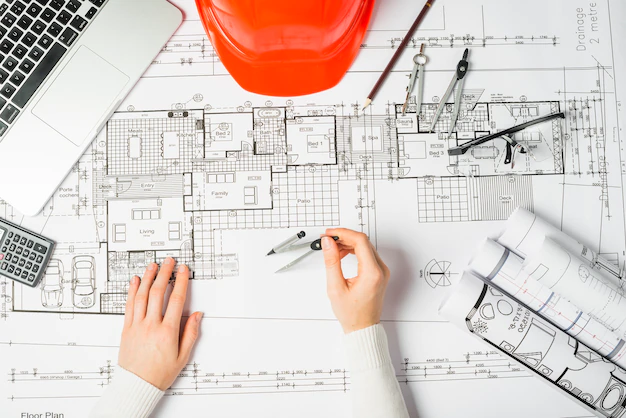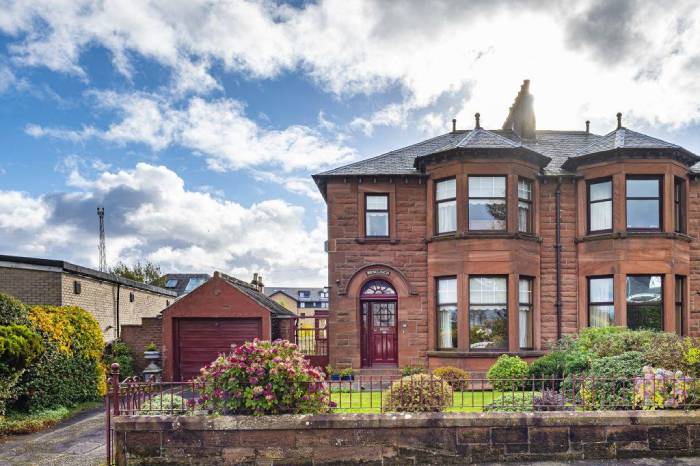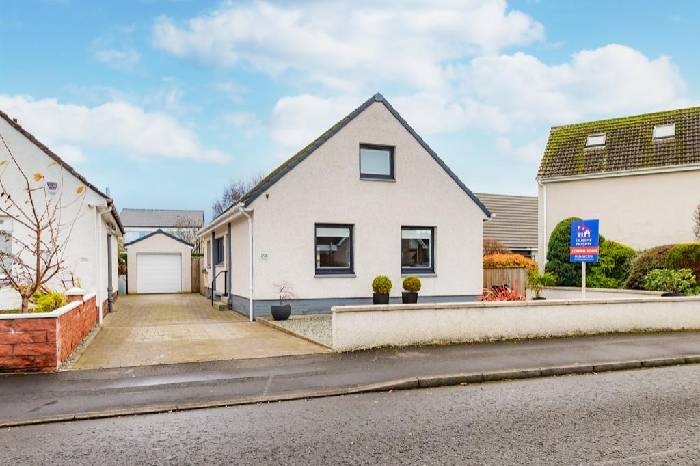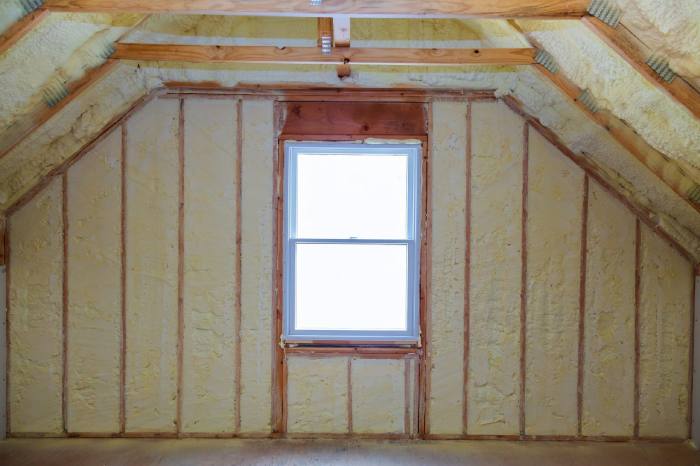Research journey that led to ArchiPal…
In the 1st century AD, Vitruvius talked about the cardinal principles of architecture, describing architecture as ‘a science, arising out of many other sciences, and adorned with much and varied learning: by the help of which a judgment is formed of those works which are the result of other arts’ (Vitruvius, 1914, p. 9). Proclaiming the moral ethics of work and what they mean for architects, he held that architects should be courteous, honest, virtuous, temperate and ‘keep up their position by cherishing a good reputation’ (ibid.).
The Vitruvian discourse, dealing primarily with the prescribed and acknowledged aspects of architecture, emphasised that architecture was ultimately for the betterment of society and that its quality depends mostly on the social relevance of the work rather than its aesthetics or workmanship. The fundamentals of architectural theory and its interpretations thereafter are deeply rooted in the Vitruvian discourse that all buildings ‘must be built with due reference to durability, convenience, and beauty’ (Vitruvius, 1914, p. 13). Although the architectural theory has always promoted ethics as an inseparable part of one’s education, their application and practice in real-world scenarios remain subjective and questionable.
While all of the built environment is accredited to architects, architecture as a formal discipline and profession were only recognised during the Renaissance in the 1700s. The commission for Design of Doors and Dome of Florence Cathedral in 1419 is often regarded as the first architectural competition, which was won by Filippo Brunelleschi (Wikipedia, 2018). Past philosophers and intellectuals, such as Leon Battista Alberti, Andrea Palladio, Henry Wotton and Sir William Chambers, mainly subscribed to the Vitruvian values of presenting beauty in terms of the ‘utilitarian benefit it bestows on man’s wellbeing’ (cited in Spector, 2001, p. 39). Alberti claimed that when utility and structure were adequately addressed, beauty was an almost inevitable result. Palladio argued that reason would perform the function of the supreme arbiter between the demands of function and beauty. The 19th-century German architect Karl Friedrich Schinkel maintained that ‘the task of architecture is to make something practical, useful and functional into something beautiful’ (cited in Spector, 2001, p. 39).
In the introduction of The Age of the Masters, architectural historian Reyner Banham reflects on his experiences with modernism and its famous architects. ‘I had the good luck to meet all of them – Le Corbusier, Frank Lloyd Wright, Walter Gropius, Richard Neutra, Mies van der Rohe –and for me, as for three generations of architects, they were father figures who commanded awe and suspicion, affection, respect and the normal pains of the generation gap’ (Banham, 1975, p. 3.). Corbusier and Mies looked forward to a day when all houses would be machines for living, just as offices had long been machines for working. As opinionated by Banham, architecture was a courageous attempt, made by the architects, as they followed the footsteps of the Masters of the Modernist movement. However, in doing so, they often put more emphasis on marvelling at their creation, boasting about their contributions to society and glorifying their own achievements, irrespective of whether the finished product actually satisfied users’ needs and fulfilled their expectations (Banham 1996, p. 294).
Although architecture stood for Vitruvian values, new meanings have also been ascribed and associated with it lately. Alain de Botton (2006) describes the architectural practise as: ‘we ask not only that it [architecture] do a certain thing, but also that it look a certain way, that it contributes to a given mood: of religiosity or scholarship, rusticity or modernity, commerce or domesticity’ (Chapter 2, para. 12). However, Sir George Gilbert Scott contradicts this view when he says, ‘Architecture, as distinguished from mere building, is the decoration of construction’ (Chapter 2, para. 8). De Botton (2006) adds on this view as follows:
If the Doge’s Palace in Venice deserved to be classified as great architecture, it wasn’t because the roof of this giant administrative office was watertight or because it provided Venice’s civil servants with the necessary number of meeting rooms – but, rather, the architects defensively suggested, because it sported carvings on its roof, a delicate arrangement of white and pink bricks on its facades, and deliberately slender, tapering, pointed arches throughout – details that would have had no place in a design by a graduate of the École Polytechnique in Paris or the Engineering Academy of Dresden. The essence of great architecture was understood to reside in what was functionally unnecessary (ibid.).




































